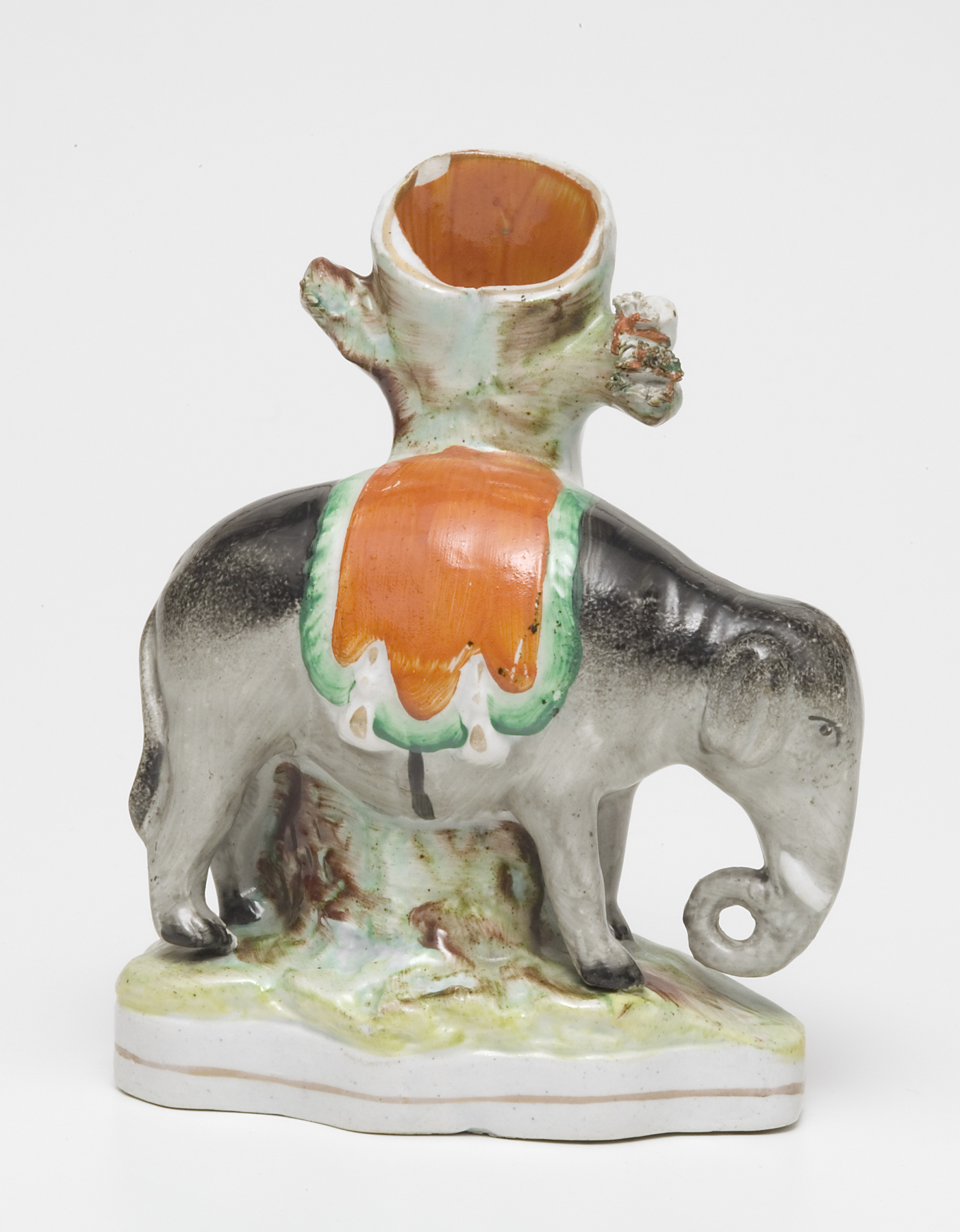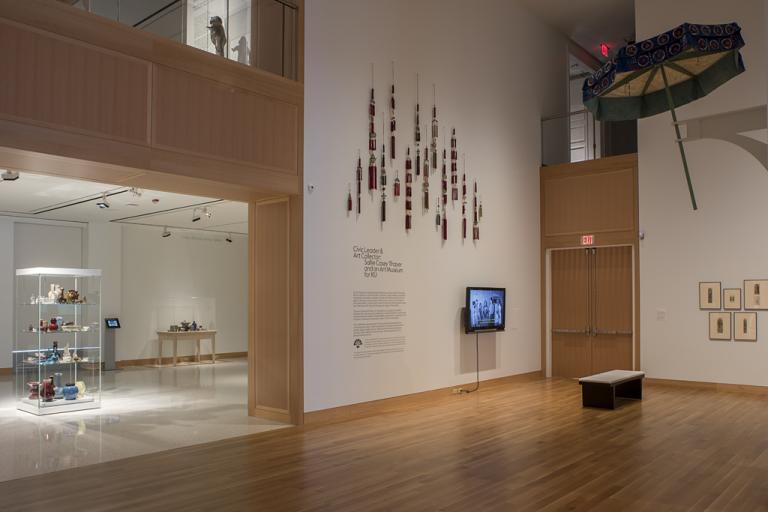Jumbo, unknown maker from England, United Kingdom
Artwork Overview
Jumbo
, 1882
Where object was made: Staffordshire, England, United Kingdom
Material/technique: earthenware
Credit line: William Bridges Thayer Memorial
Accession number: 1928.1680
Not on display
If you wish to reproduce this image, please submit an image request



